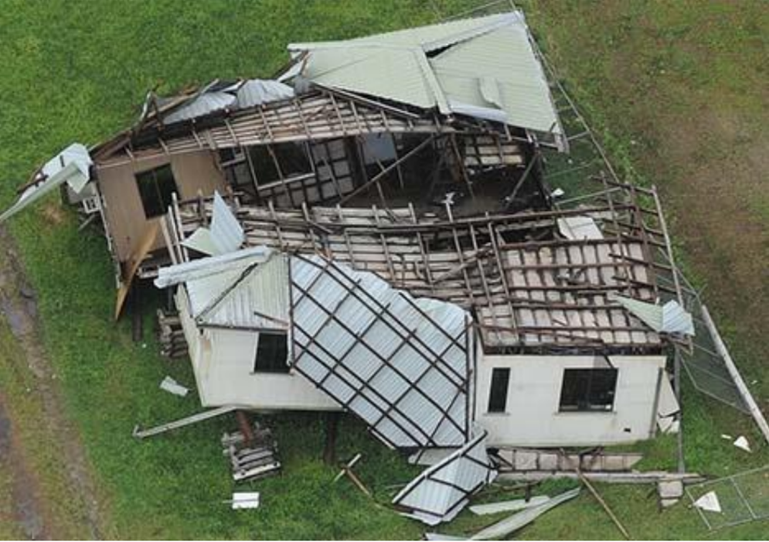A perfect storm: Australian homes not ready for future cyclones
22 Feb 2022
For many of us, our homes are our most important and expensive asset. This month we check in with our Future Homes Supporting Partner, Insurance Council of Australia (ICA), about how they are bolstering efforts to ensure the places where we live remain insurable in the face of climate change. We spoke to Andrew Hall, Director and Chief Executive Officer ICA, to learn about recent research on tropical cyclones and what the predicted impact means for Australian properties.
The ICA’s recent report, Climate Change Impact Series: Tropical Cyclones and Future Risks, is a clarion call for governments to update building codes and construction standards so all homes - new and old - are cyclone ready and able to protect the property and lives.
Prepared for the ICA by James Cook University Cyclone Testing Station with Risk Frontiers, the report shares that climate change induced tropical cyclones will increase in severity and likely track southwards towards denser population areas, with the possibility of increasing damage to infrastructure, property and assets and potentially increasing claims.
The report finds:
- The total cost of tropical cyclones in Australia since 1967 has been $23 billion
- Australia’s modern houses are not resilient to the tropical cyclone hazard of today and houses built prior to the 1980s may need to be retrofitted to better protect the lives and finances of Australians
- Australia’s National Construction Code (NCC) must consider the principle of resilience for all new property construction
I live towards the bottom of Australia. Why should I worry about tropical cyclones?
Characterised by rain, floods, hail, lightning and winds of up to 280 kilometers per hour the Australian Disaster Resilience Knowledge Hub defines a tropical cyclone as a low pressure system that forms over warm tropical waters with gale force winds (sustained winds of 63 km per hour or greater and gusts in excess of 90 km per hour) near the center.
While the report says the frequency of tropical cyclones may decline or stay the same, the number of severe tropical cyclones is expected to rise and potentially track southwards as the oceans warm, devastating property, communities and livelihoods in their wake.
Cyclones come with a heavy financial cost and while Andrew says no region in Australia is currently uninsurable, that may not be sustainable in the long term.
“It is possible some regions may become difficult to insure in the future unless governments invest in appropriate mitigation and adaptation strategies.
“Implementation of stronger building codes, improved land-use planning and permanent mitigation measures, where necessary, will be key to ensuring an insurable Australia,” Andrew explains.
Modern homes aren’t resilient to today’s tropical cyclones, but it doesn’t have to be that way
Green Star Homes defines a resilient home as:
“A home that has been built to be better than Code at withstanding natural disasters and future climate change conditions such as bushfires, flooding, and extreme heat. The home also considers its effect on the broader climate by reducing water use and its impact on the community.”
When purchasing a new home, buyers often assume it is built to last and able to withstand Australia’s variable weather conditions, but ICA’s report confirms that the opposite is true for modern homes during a tropical cyclone with these dwellings experiencing significant damage at wind speeds below the minimum design standard of the current building code.
Andrew says this is an opportunity for the NCC to be part of the solution, by considering resilience for all new property construction.
“The NCC should be amended to ensure greater resilience for homes with stronger durability against extreme weather incorporated into building design and construction requirements. We recommend the NCC is uplifted to consider resilience in addition to life safety,” Andrew concludes.

This was the second report in ICA’s three-part Climate Change Impact Series and follows a report on the impact of actions of the sea, the final report in the series will focus on flood impacts. Green Building Council of Australia thanks the ICA for their ongoing support to integrate a robust measurement of resilience into Green Star Homes.
Industry can learn more about Green Star Homes here. If you’re interested in a Green Star Home for your future home, find out more here.